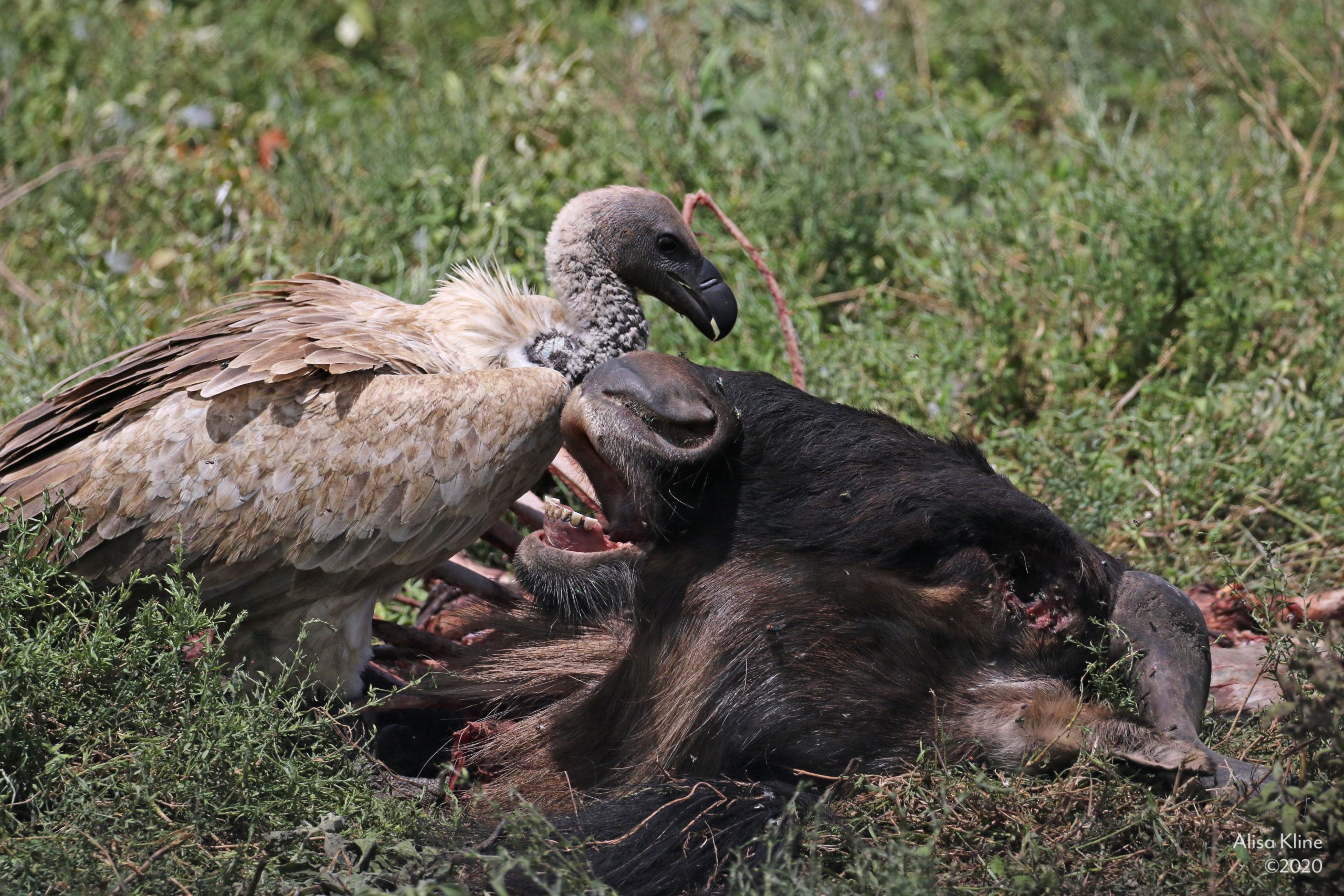Africa
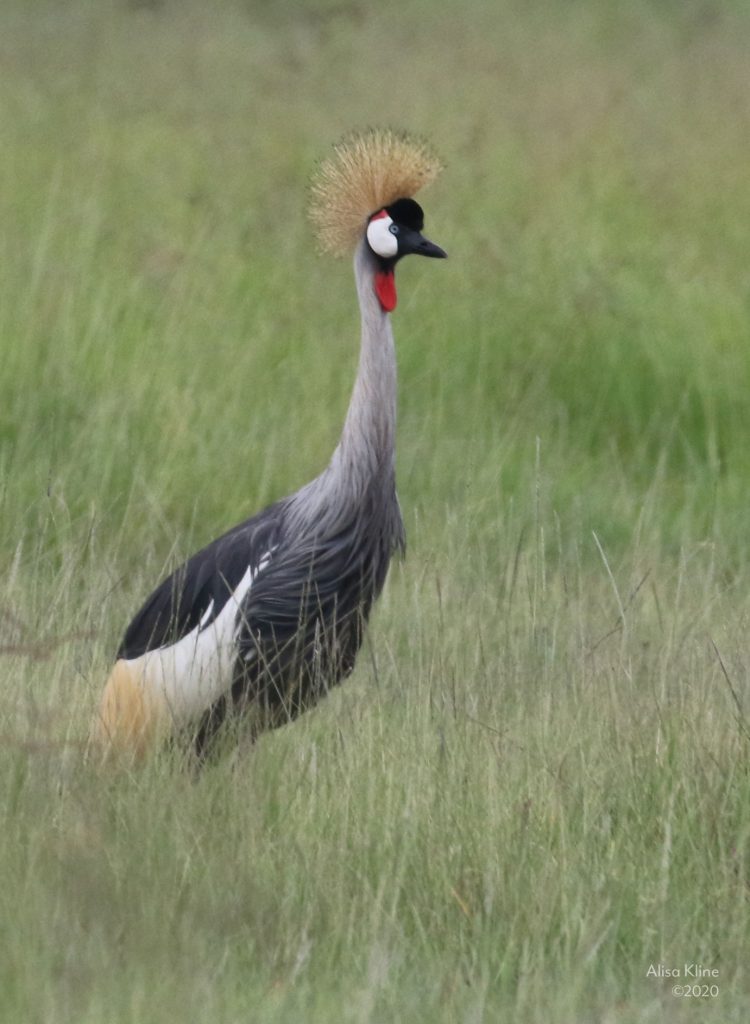
Before the Allen brothers showed up, our Park would have been one of the few places near what is now downtown to have any trees. Everything not right next to a bayou or river would have been grassland. Our tall-grass coastal prairie stretched from Louisiana to Corpus and it was home to enormous herds of buffalo that could strand westward migrants for days waiting for the herd to pass.
I have tried to imagine what this land must have been like. What would it have been to stand in grasses with heights measured in feet? What would it have been like to see huge herds of animals pass by?
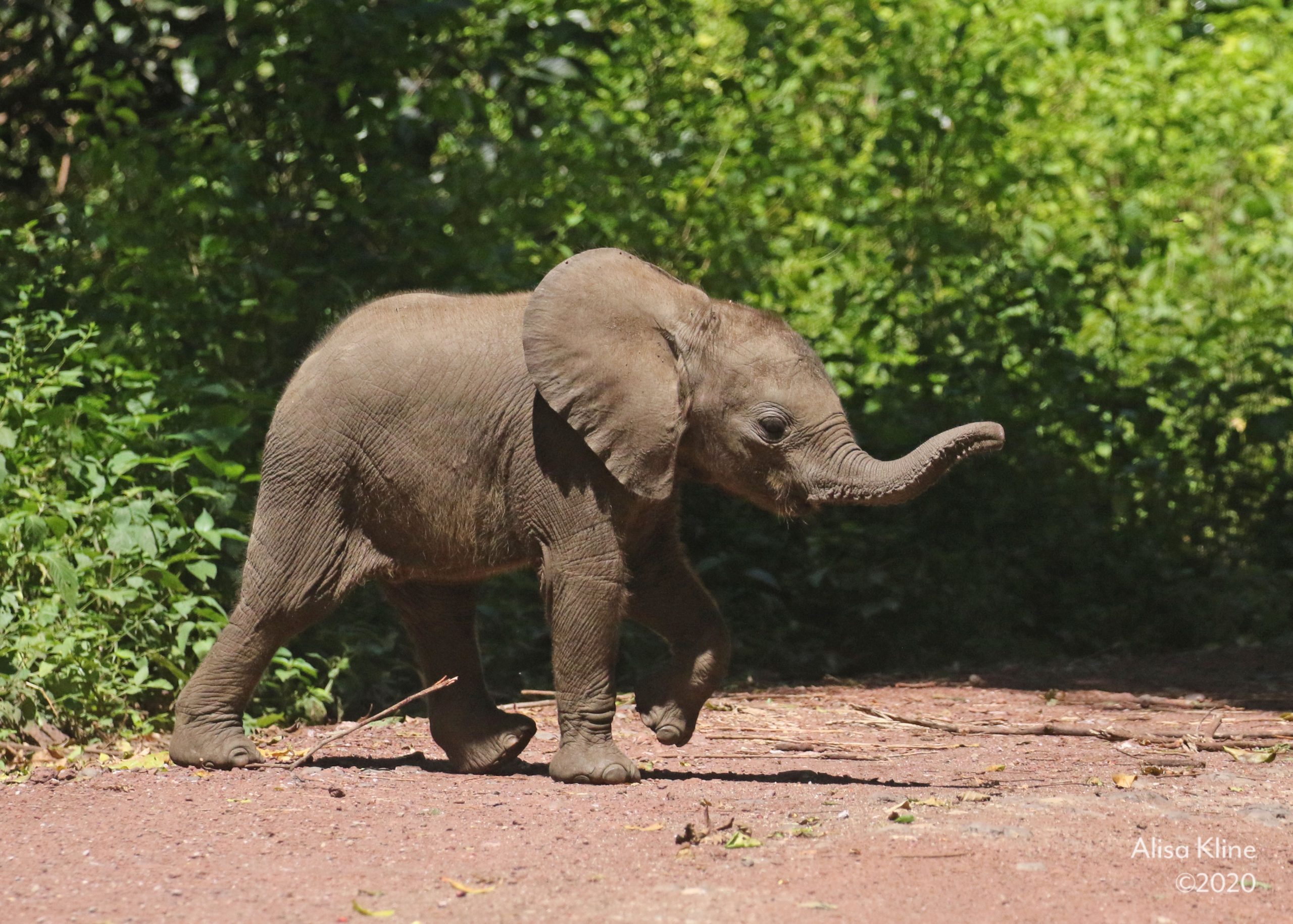
I just returned from three weeks in Tanzania, and while I didn’t get to stand in tall grasses (more on that later), I did get to sit in a vehicle and watch Cape buffalo, wildebeest and zebras pass by in an unending stream.
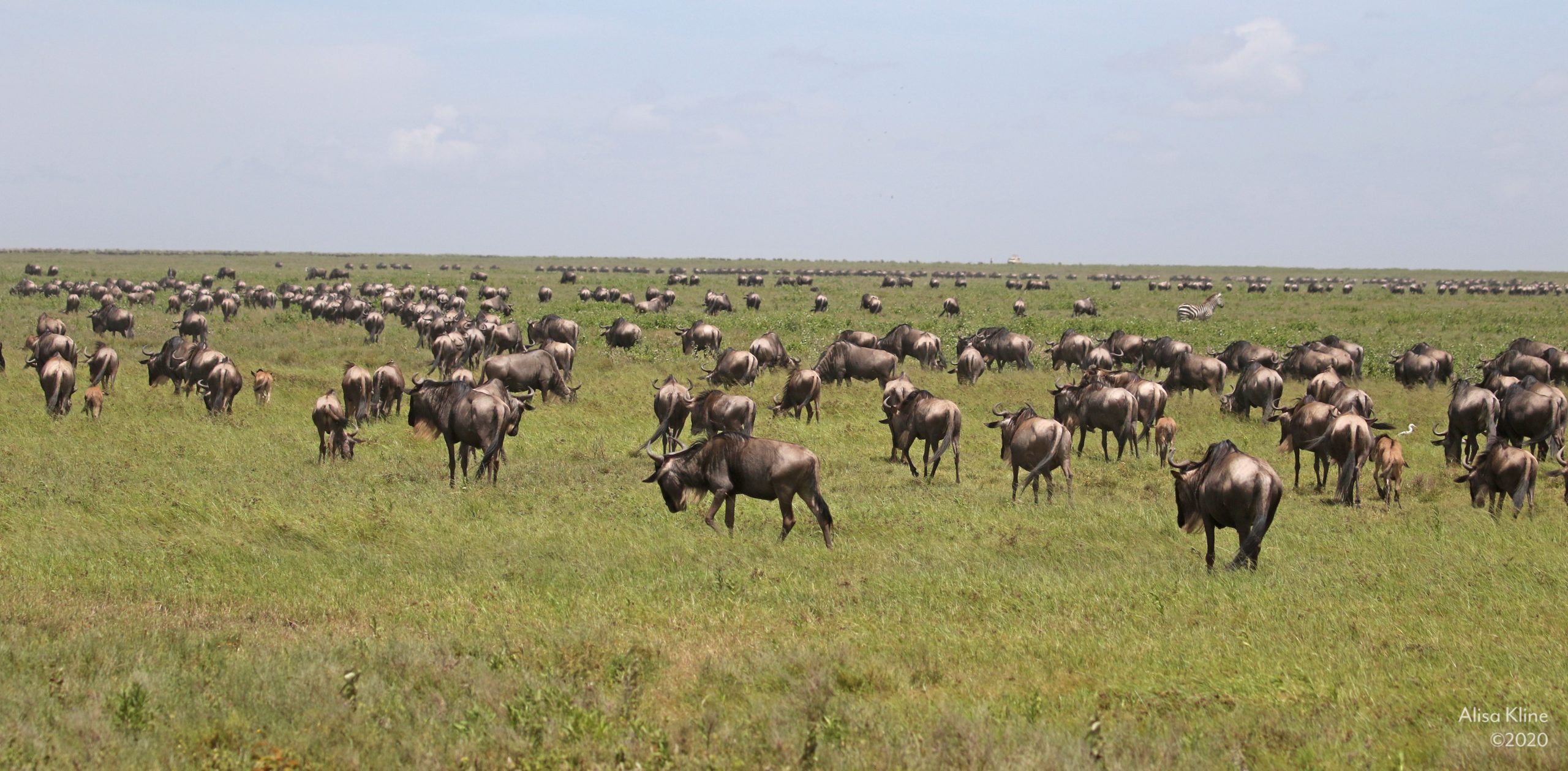
Fun fact. Zebras are prone to standing adorably with their heads resting on another’s back. They are standing guard. Zebras have very good eyesight and they arrange themselves into surveillance squads that cover all directions. If they see something, they say something and everyone gets to run around until they feel safe.
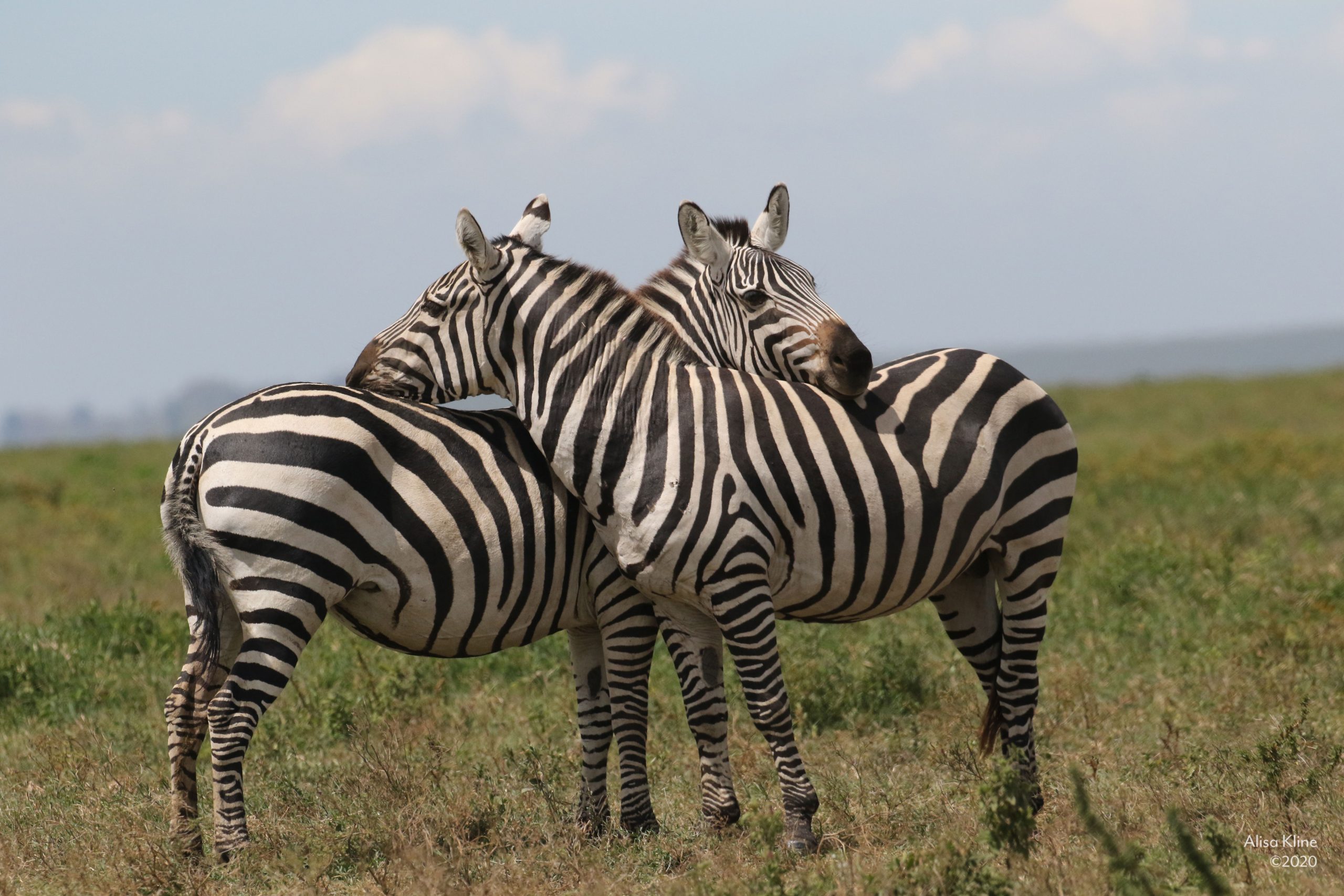
There are significant differences between our coastal prairies and the Serengeti. But what they have in common is a landscape defined by grass.
Regional prairie god Jaime Gonzalez is fond of pointing out that Texas owes its very existence to prairie grass. The battle of San Jacinto was won because the tall prairie grass gave enough cover for the Texans to drag their guns within yards of Santa Anna’s sleepy army. Well, I can report that Jaime is right. Grass this tall and this thick could hide an elephant. Quite literally.
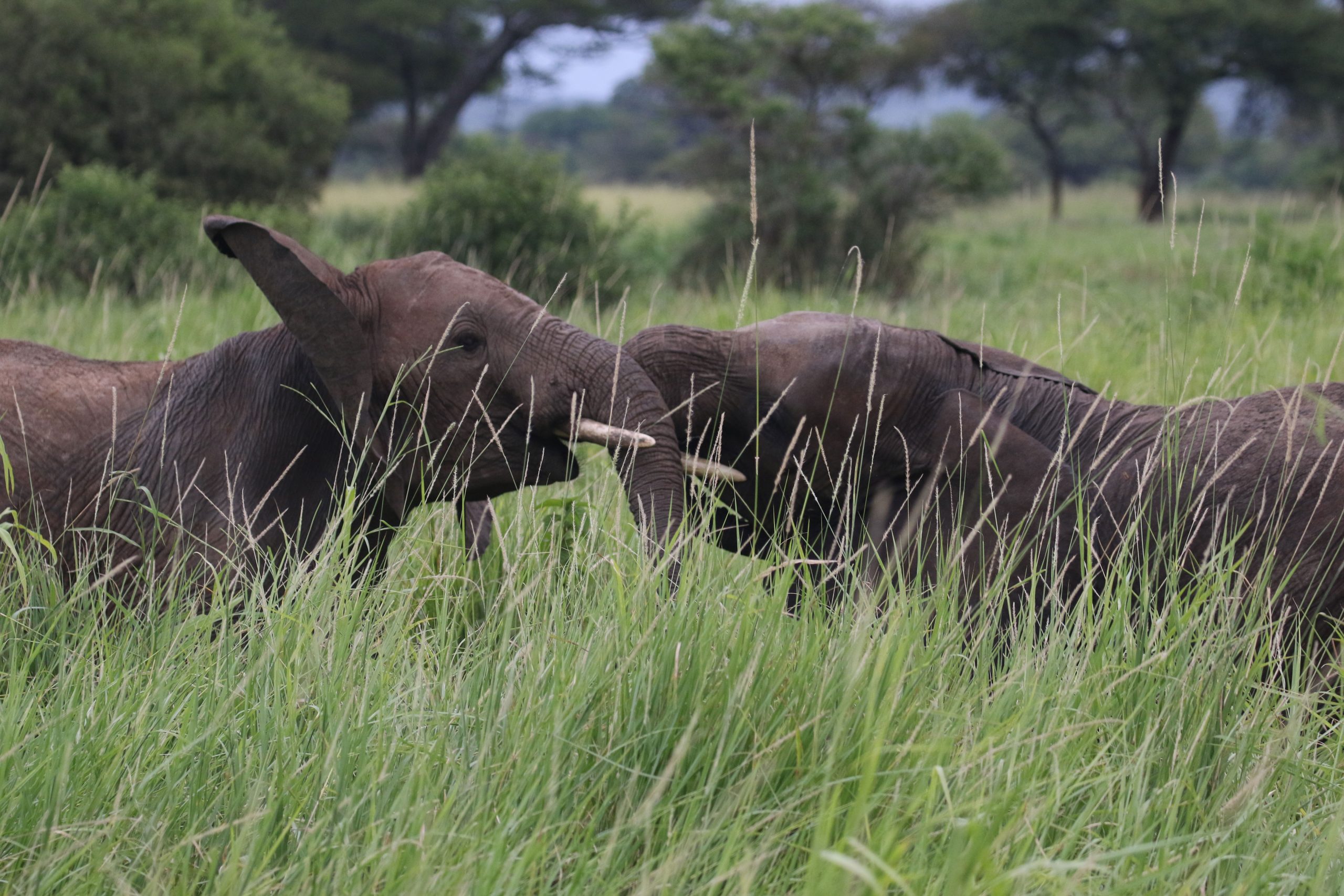
I have not had the early Texans’ experience of standing in this tall grass because death. Within the parks, you do not leave the vehicle. At lodges within the parks, moving around after dark required an escort with a flashlight, experience, and sometimes a spear.
In the Tanzanian parks, the world belongs to the animals and it is we who must accommodate them.
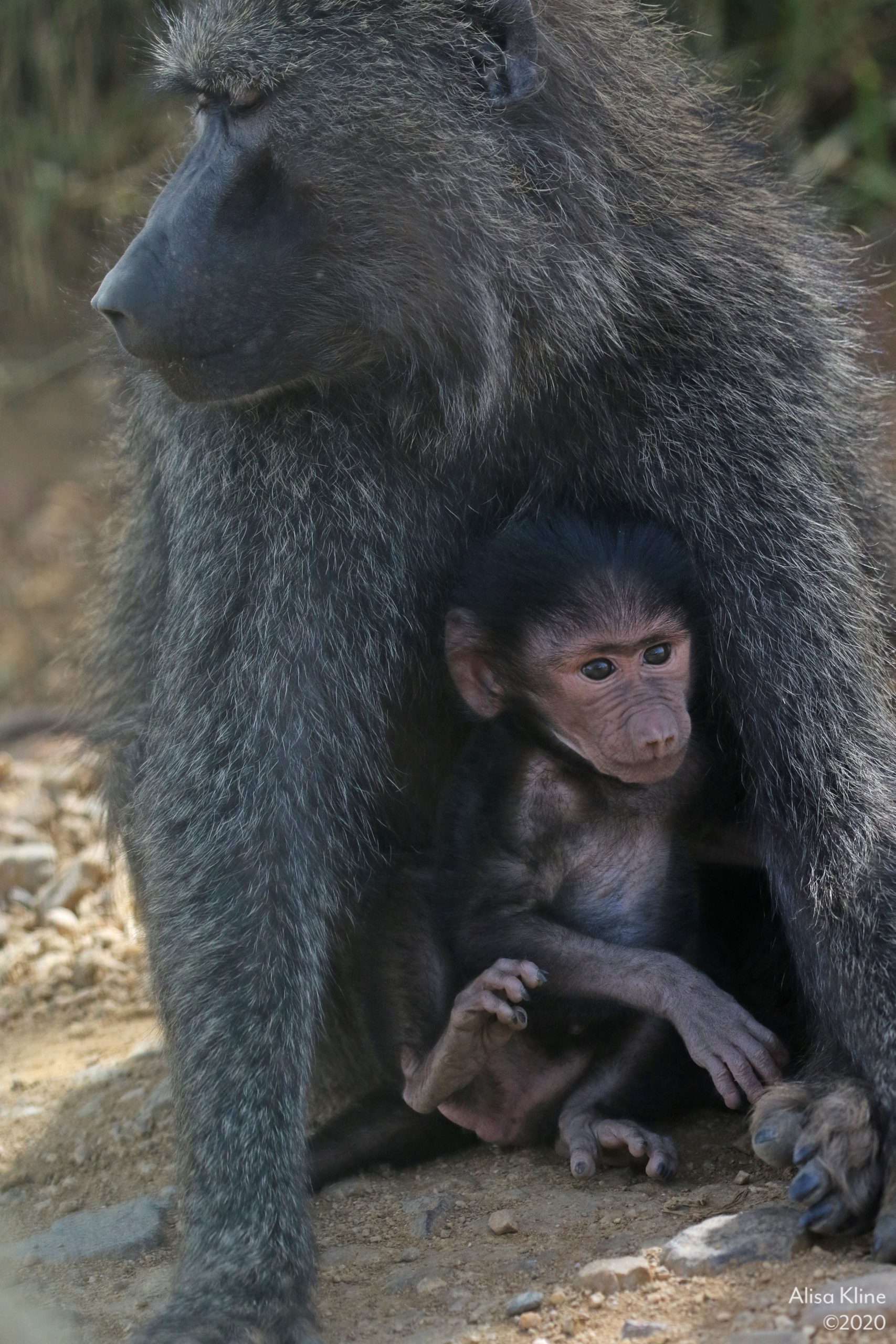
Surprisingly to me, the animal who has racked up the most attacks on humans is the Cape buffalo. They nail about 200 of us a year. Big game hunters run a big risk hunting these behemoths. They are most likely to turn the tables and kill the hunter. Not lions or leopards. Buffalo.
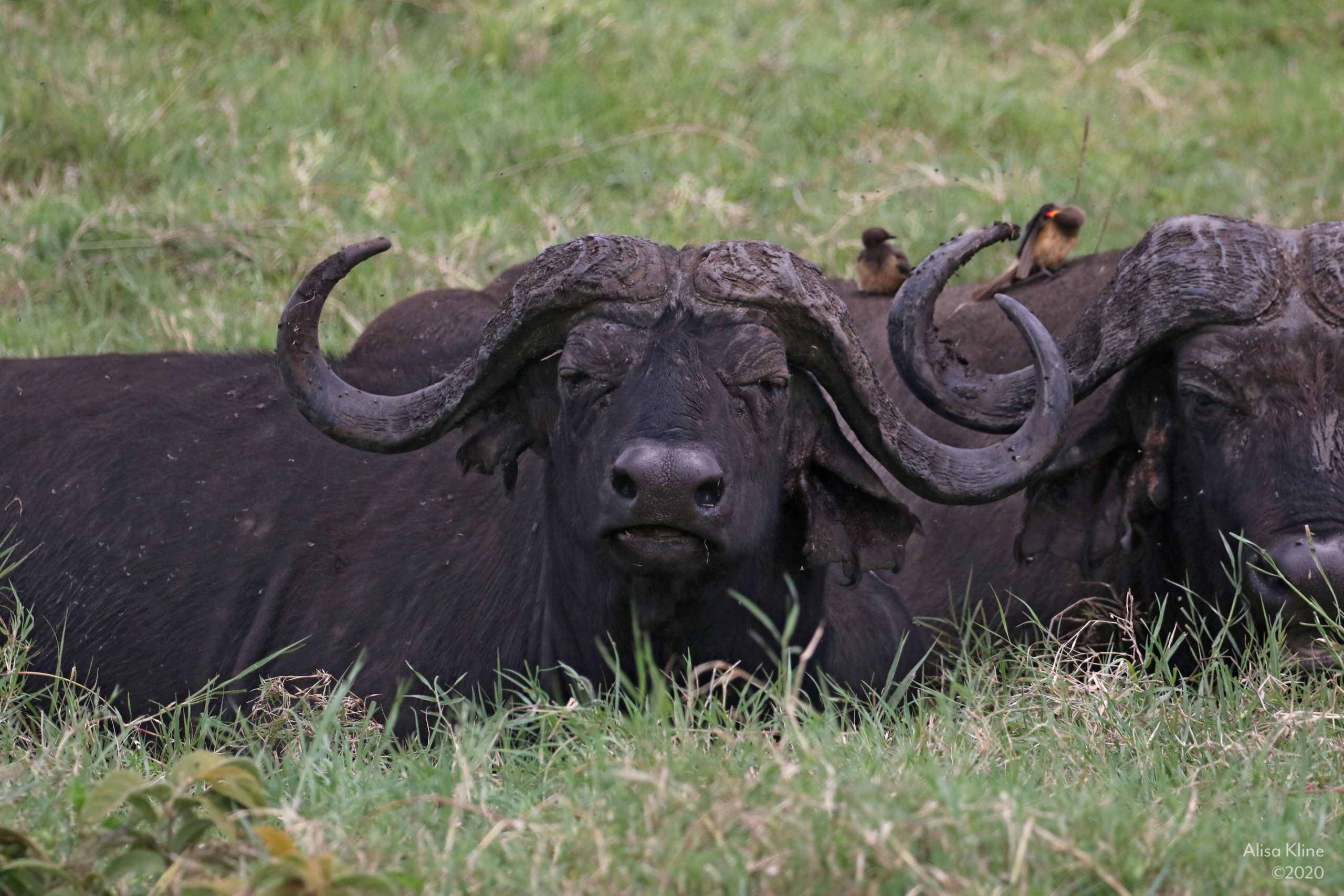
David A. Dary’s wonderful The Buffalo Book makes the point that our American buffalo were every bit as dangerous. Even without malice, they could knock down a house by rubbing on it (something they were wont to do). If one strayed into town, it was shot so as to make sure it didn’t knock over a vehicle or building.
When the telegraph arrived, the buffalo kept knocking down all the poles. So they put long, sharp spikes on some of them. These became the favorite poles because those piercing spikes just felt so good on that tough buffalo hide.
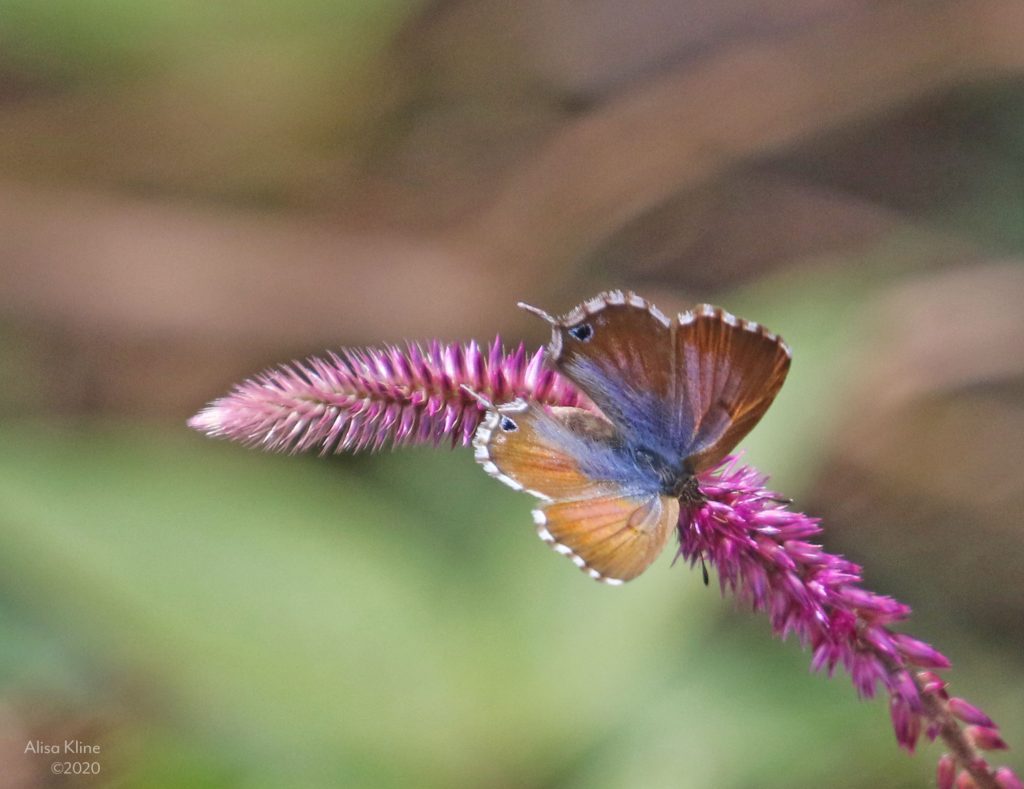
The herds I saw in Africa don’t come close to the density of the herds of America. Our herds were so huge, people could not calculate or even comprehend the scale. More than once, a herd was documented to drink a river dry. In 1839, a traveler through Kansas saw a herd estimated to cover 1,350 square miles, and they weren’t spread out over that area. They filled it.
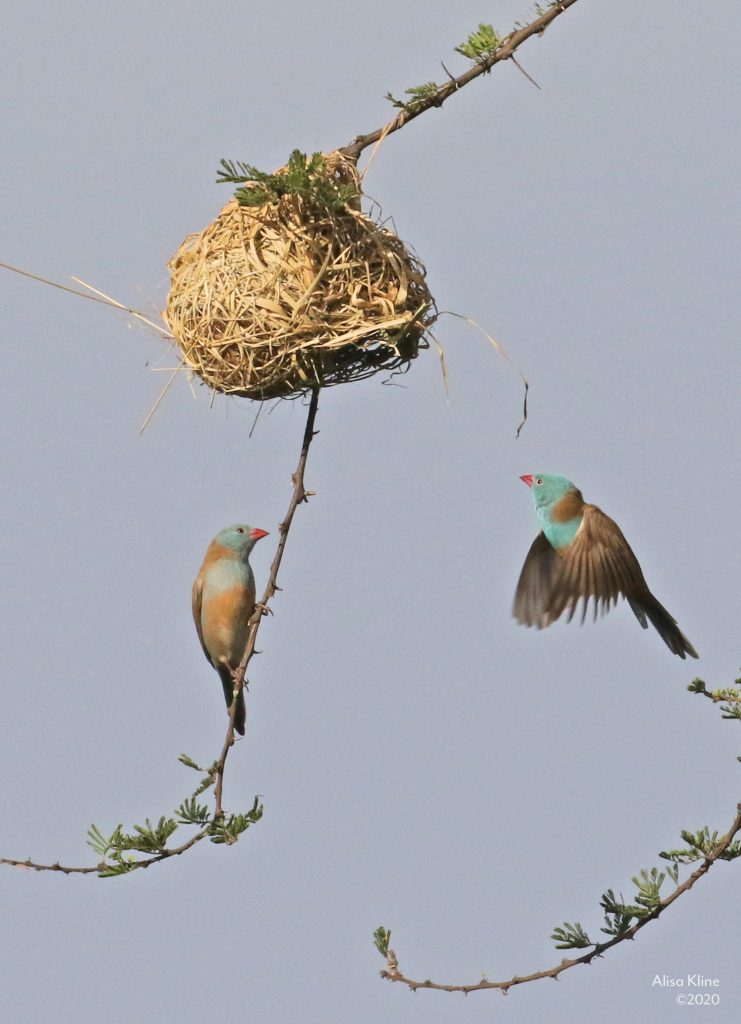
We probably had 75 million buffalo in the US. To put that into context, the great migration across the Serengeti involves no more than 4.5 million animals across multiple species.

The Serengeti and contiguous ecosystems were packed with life so varied and abundant that words can’t do it justice.
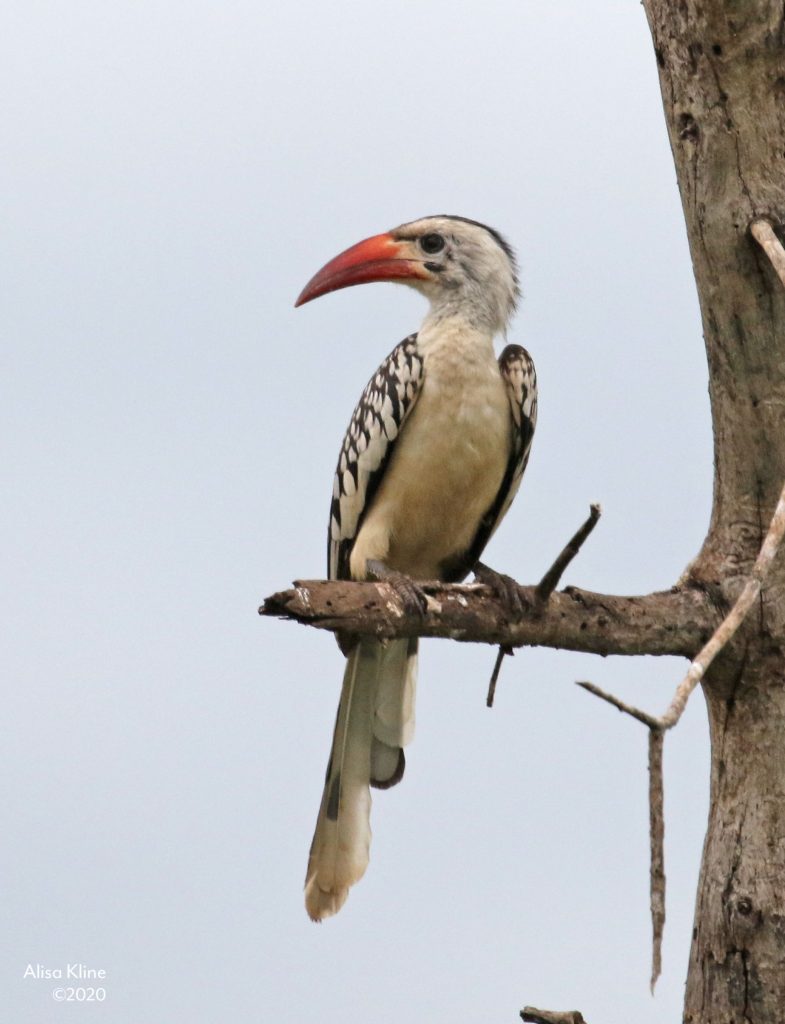
So I’ve included a bunch of photos.
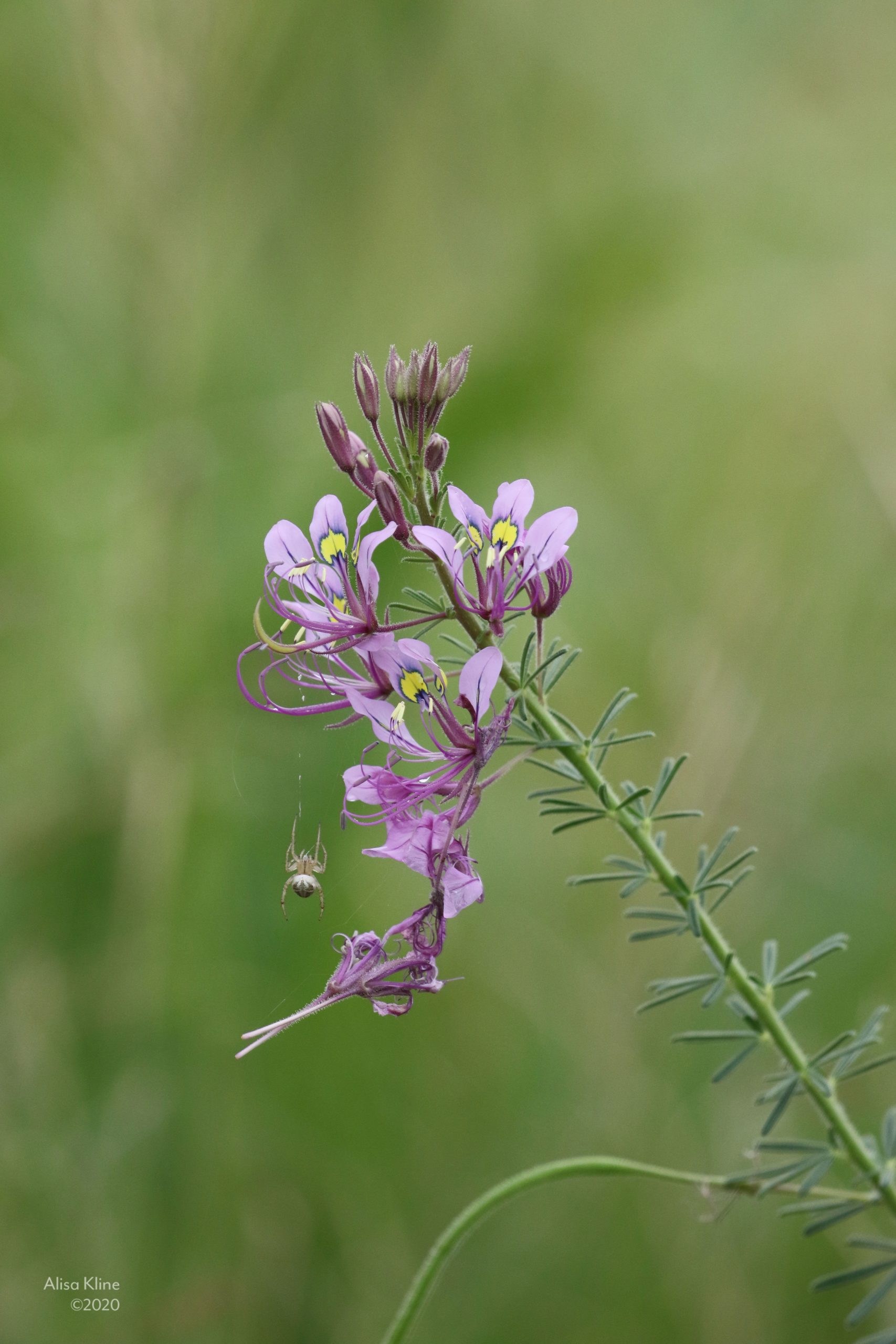
Which, honestly, don’t do it justice either.
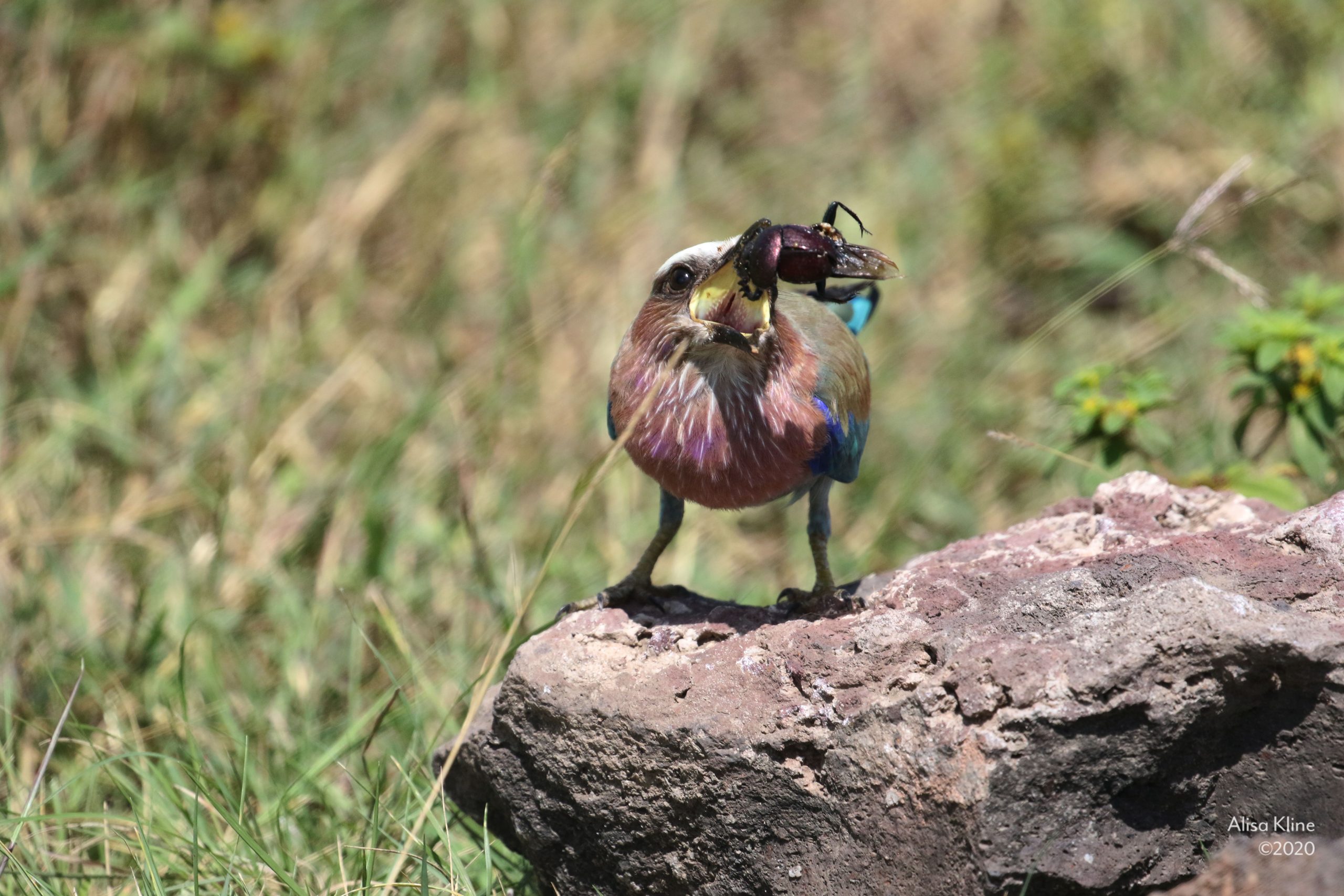
I had to include this guy. I think he’s a grasshopper and I am hopelessly in love.
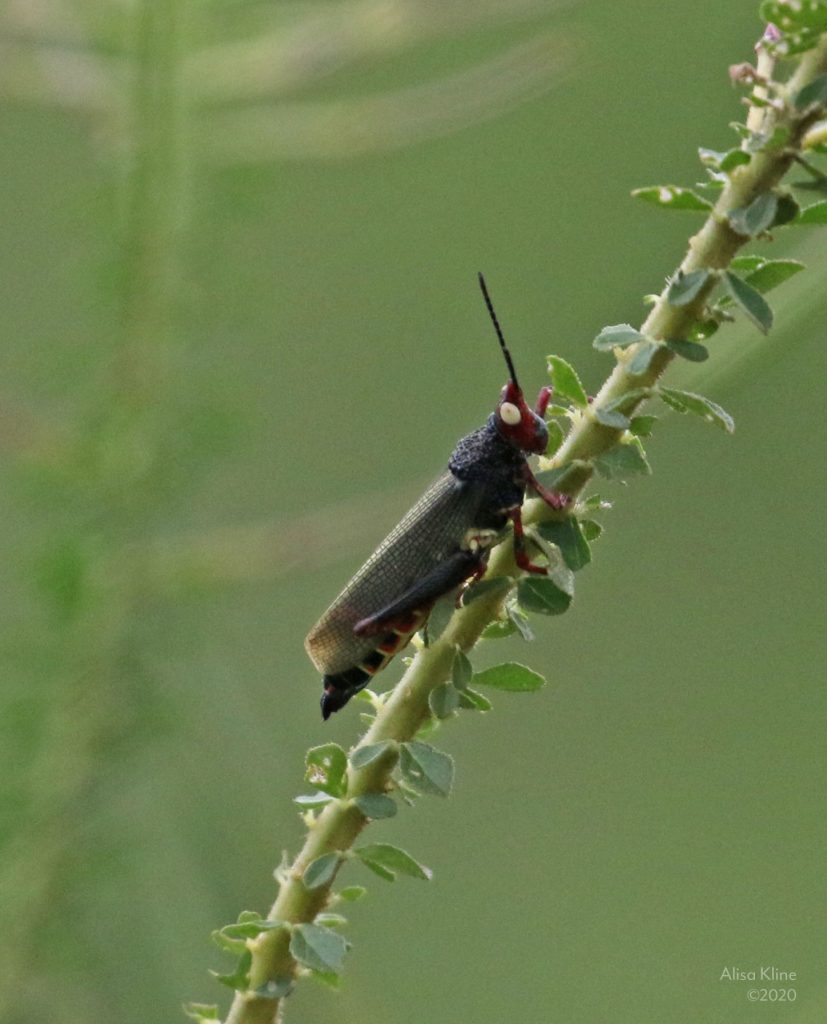
And, a helpful reminder that eventually, the vultures come for us all.
